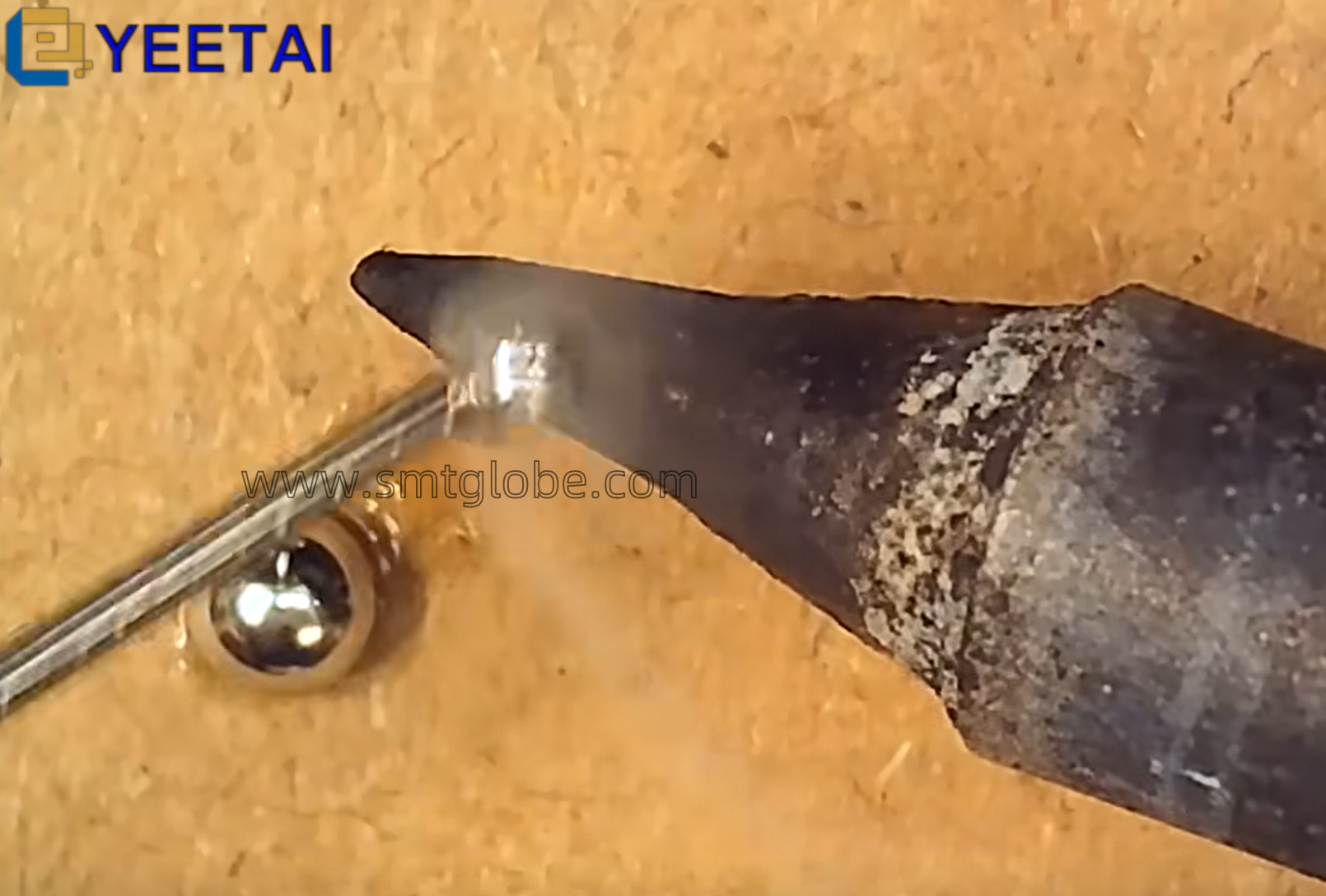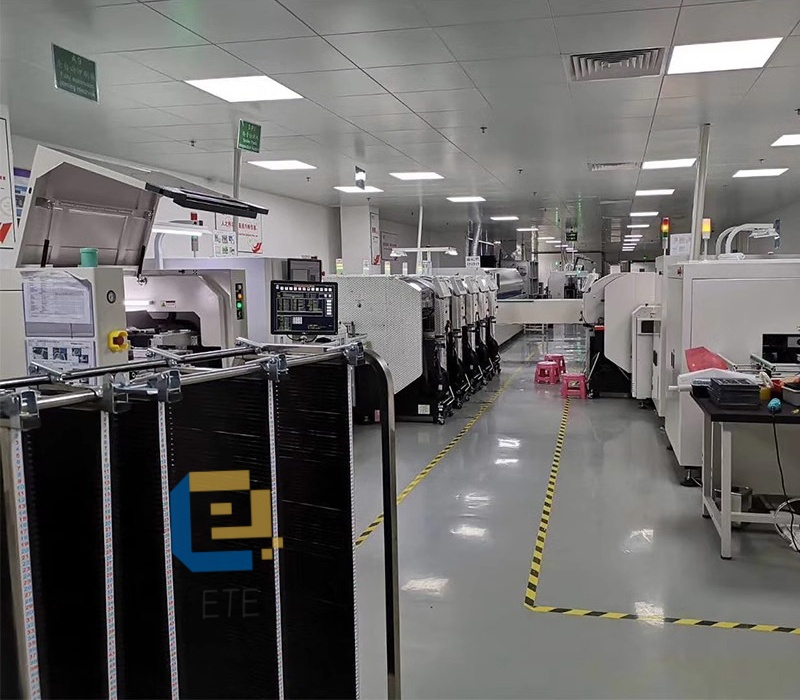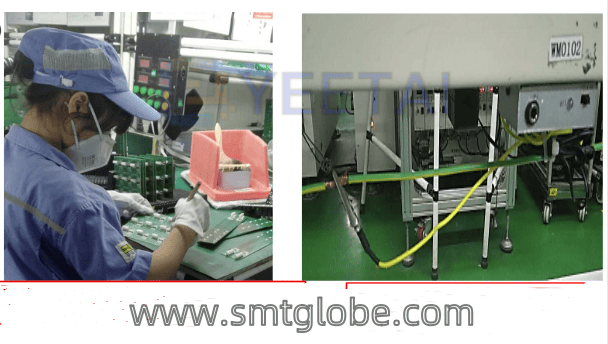As a critical electronic component of pick-and-place machines, feeders play a vital role in selecting and delivering components throughout the assembly process. A high-quality feeder significantly enhances the productivity of the pick-and-place system, enabling smoother operations and higher output. However, various issues can cause feeders to malfunction, such as contamination of components, abnormal elements, or improper use by operators.
Common Issues and Solutions for Feeder Malfunctions
When components fail to slide out from the guide rails, several factors may be at play:
- Mismatch of Guide Rail Gap and Components: If the gap between the guide rails does not match the size of the components, adjustments must be made. By altering the height of the guide rails, components can be set to slide out smoothly.
- Small Gate Opening: A gate that is too narrow may prevent components from entering the pick-up zone properly. In such cases, adjusting the top and bottom of the gate can resolve the issue. Care must be taken not to make the opening too large, as this could allow other components to enter the gate unexpectedly, leading to jams.
- Vibration Motor Failure: If the vibration motor is not operational, components will be unable to move within the guide rails. The only remedy for this problem is to replace the defective vibration motor.
Troubleshooting Power and Operation Issues
When the pick-and-place feeder shows no response upon activation, the first step is to check whether the power plug is securely connected. If the plug is connected correctly and the indicator lights are illuminated, two potential issues could be causing the malfunction:
- Overloaded Hopper: If too many components are placed in the hopper exceeding the guide rail’s position, the brush and rails may not operate correctly. In this case, it is necessary to remove some components to allow adequate operating space in the guide rails.
- Insufficient Components but Equipment Not Running: If the hopper contains too few components and yet the machine fails to operate, it could be due to a malfunctioning infrared sensor or debris obstructing it. When the infrared sensor fails or is blocked, the equipment may receive incorrect signals indicating that components are present in the pick-up zone, preventing the feeder from running.
Conclusion
Being adept at troubleshooting common issues with pick-and-place machine feeders is essential to ensuring smooth operations and maximizing the economic benefits of production machinery. Regular maintenance and proper handling can help maintain the efficiency of feeder systems, thus enhancing overall productivity in electronic assembly processes.
At YEETAI, we produce all kinds of feeder to upgrade SMT machines.



